Before we get into this and before you need to head over to Google what hydroponics are, let me explain. A hydroponic gardening system is a type of garden that uses no soil. That’s right, NO soil. Instead, the plants get all of their nutrients from an oxygenated nutrient enriched solution. The systems can be as simple as you want or can be as crazy as a fully recirculating system where the water flows from plant to plant over and over again.
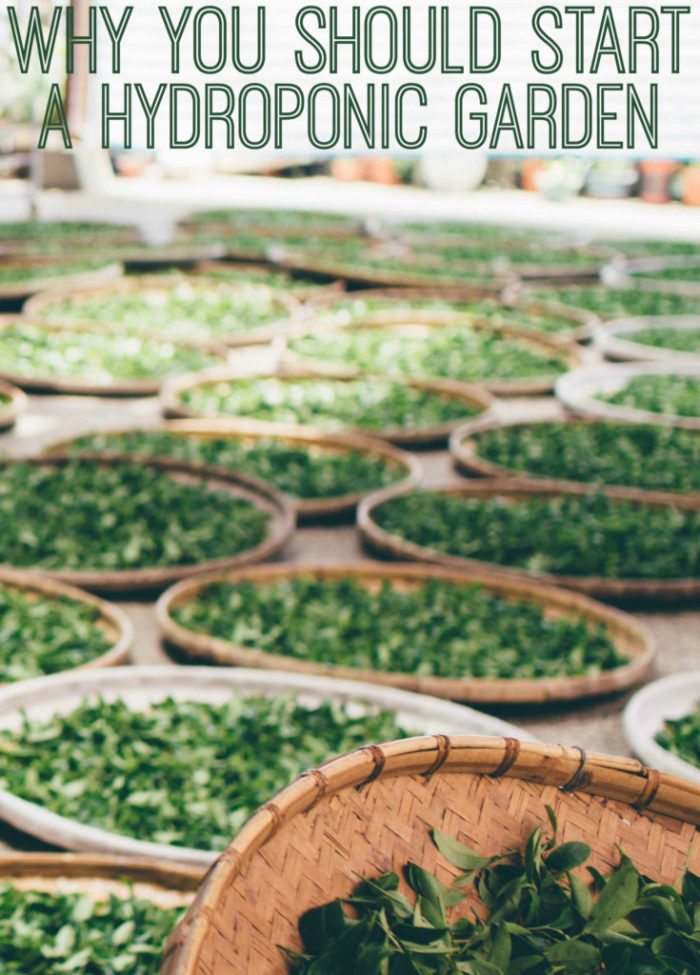
Benefits of Hydroponic Gardening
It might seem silly, but before you dive in head first to hydroponics, you might want to try a mini indoor grow system. I have one on the way to my house right now and I’m going to try it out before investing in everything else.
Environmental Benefits
Hydroponic gardening offers environmental benefits by using considerably less water than traditional gardening does. In fact, hydroponics uses only about 10% of the amount of water that traditional soil growing uses. It’s also less necessary to use pesticides in a hydroponic garden. Rachel does 100% organic gardening at the farm, without hydroponics, but this includes planting rows of Chinese lettuce around the perimeter to keep the bad guys out. They also just released about 100,000 lady bugs to ward off aphids.
Control of the Process
Hydroponic systems allow for direct control over what your plant is exposed to. You choose which nutrients are in the solution you introduce to the water in the system. With soil, it is hard to know what makes up the composition of the ground that the plants are in.
Room to Grow
Using a hydroponic system allows you to grow your plants virtually anywhere. With indoor plant lights, you could even grow plants inside all year round! Even in the dead of winter, they’re growing. Outside, there is a great advantage of space saving that hydroponics provide when compared to traditional cultivation. These systems can be as small or as large as you need. I recommend starting small unless you have a lot of time! Gardening – no matter how you go about it – is a lot of work.
Plant Growth
Plants that are grown in a hydroponic system generally grow quicker and more abundantly compared to those in traditional soil. In fact, the growth rate on a hydroponic plant is 30-50% faster than a soil plant grown under the same conditions! The yield of the plant is greater as well.
Think of it like this: the soil has nutrients that plants need to grow and thrive so they spread out their roots to get as many nutrients as possible. The root spreading takes more energy from the plant that could be used for upward growth or production. With hydroponics, the roots will stay relatively small. The ratio of nutrients to the surface area of roots will be exponentially higher in a hydroponic system than a traditional soil-based system.
The Downside: Cost
Hydroponics sounds amazing, doesn’t it? Not so fast, young grasshoppa. The biggest disadvantage of hydroponic systems is that it is considerably more expensive to start up and maintain when compared to traditional planting. But if you want to be able to garden indoors year-round, have more growth and yield, then it may be worth the cost. To offset some of the costs, consider expanding your garden and selling the fruits of your labor.
FREE Ebooks about Hydroponics
How to Grow 40 Pounds of Organic Produce 50% Faster With NO Soil
DIY Hydroponics Gardening: How to make Your First Hydroponics System without Spending too Much Money or Time
Gardening: Hydroponics for Self Sufficiency – Vegetables, Herbs, & Berries
Hydroponics: Hydroponics Gardening Guide – from Beginner to Expert
Aquaponic Gardening: A Step-By-Step Guide to Raising Vegetables and Fish Together (NOT free, but a best seller. Aquaponic gardening is amazing!)
NOTE: If these books aren’t free right now, bookmark the page and come back because they are free for a time and then they go paid. Also, I have Kindle Unlimited which is like $10 a month, so I can read a LOT of these books for free when they’re usually $2.99 or more. Definitely worth looking into.
Have you ever tried hydroponics? Would you ever consider it?



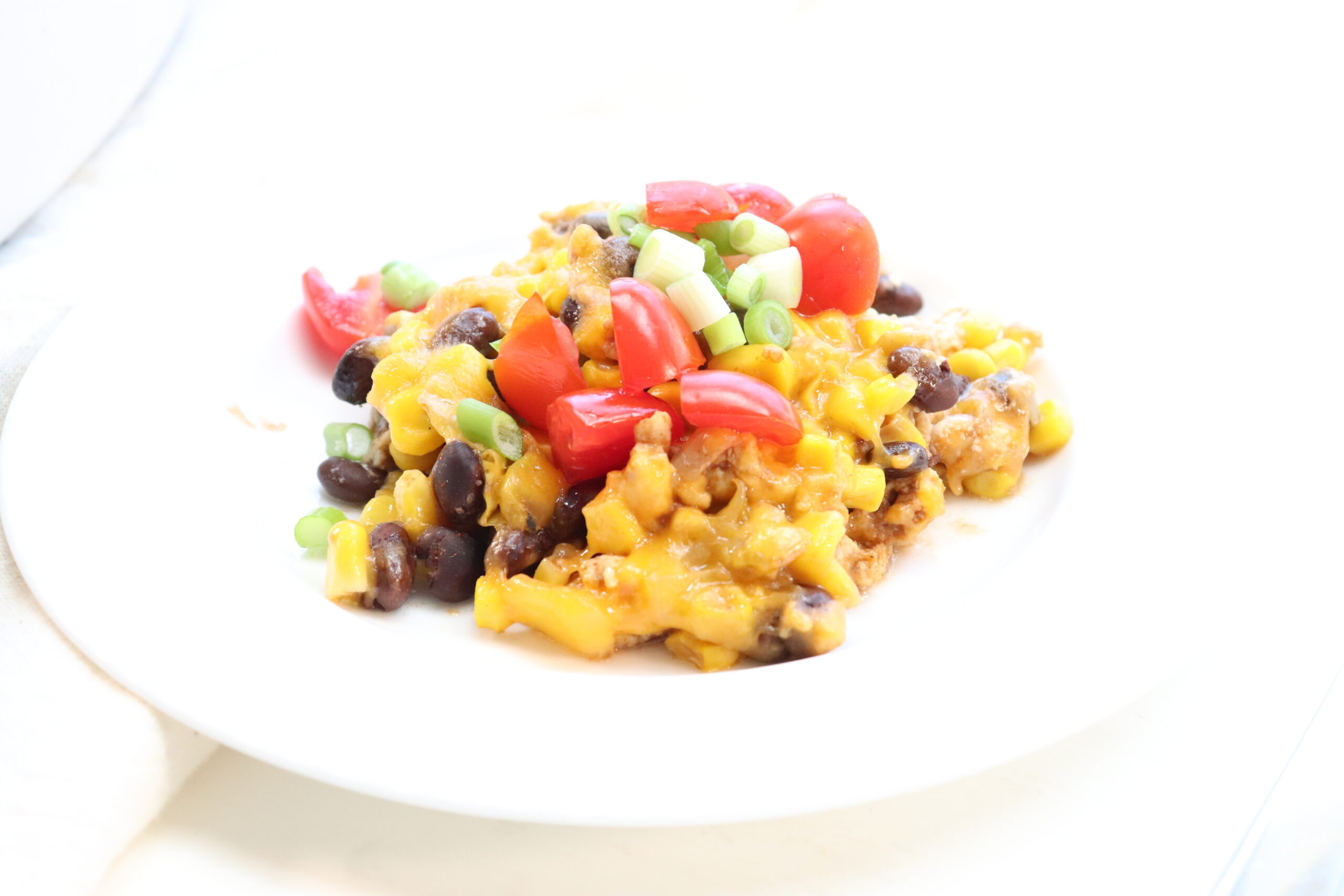
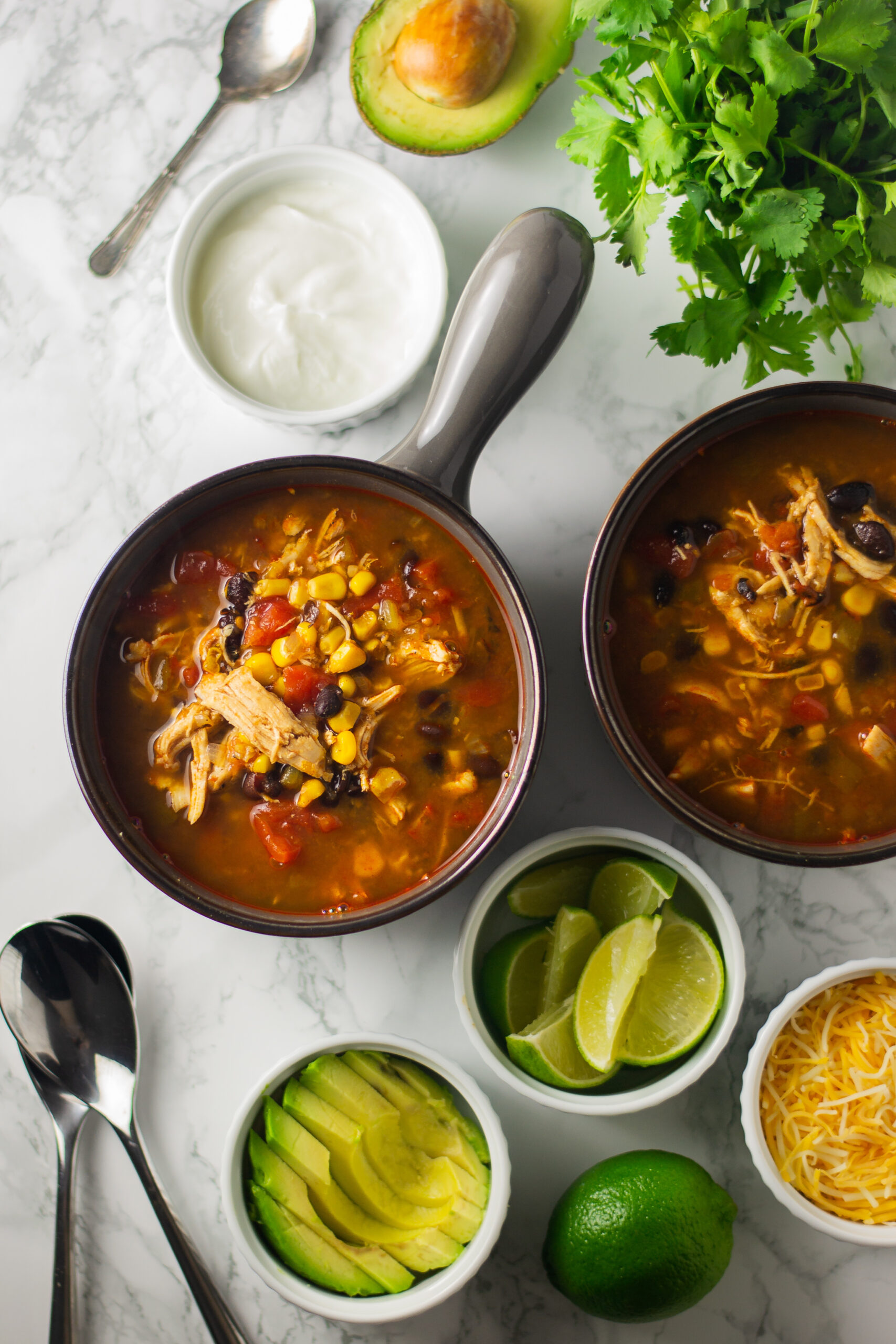

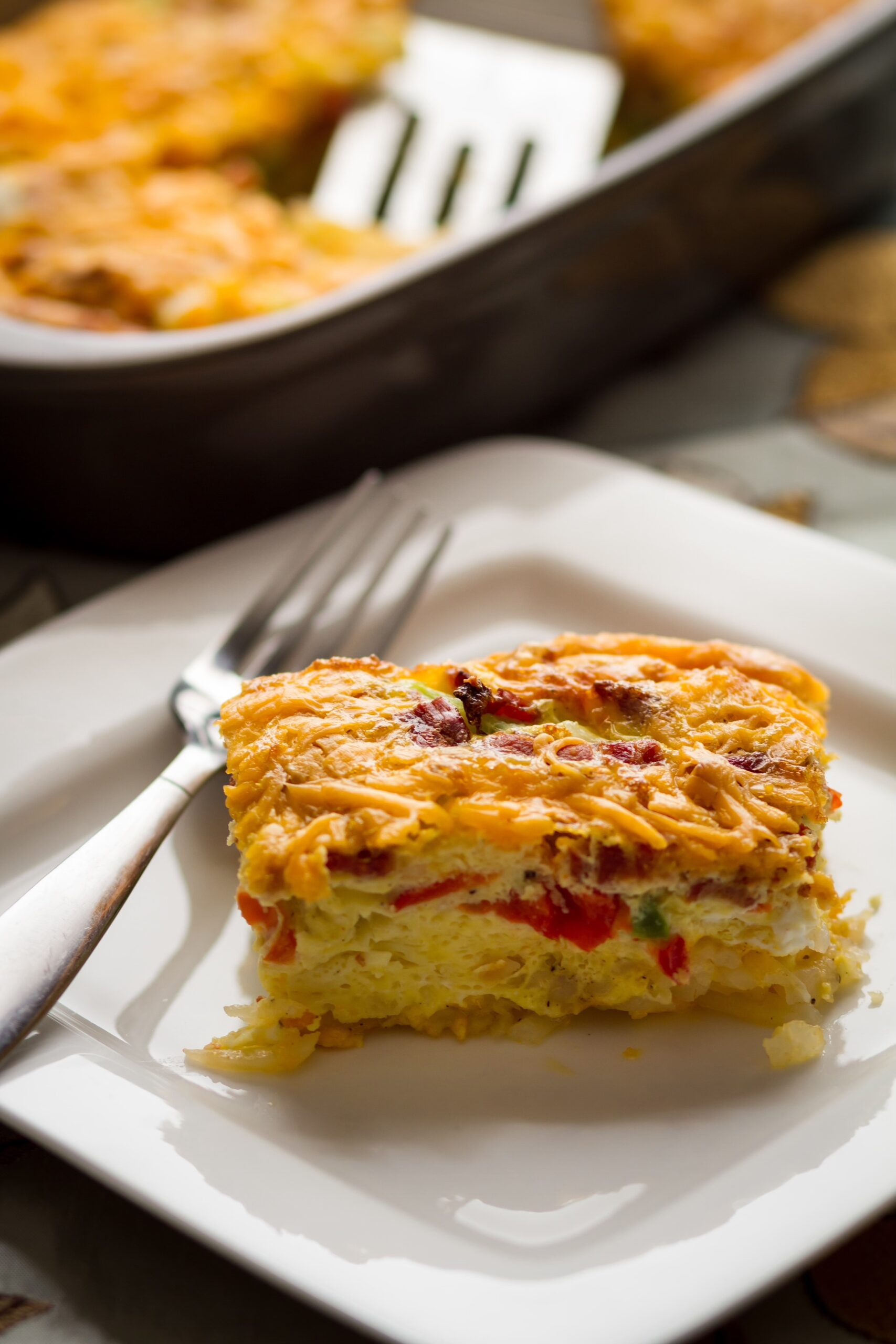
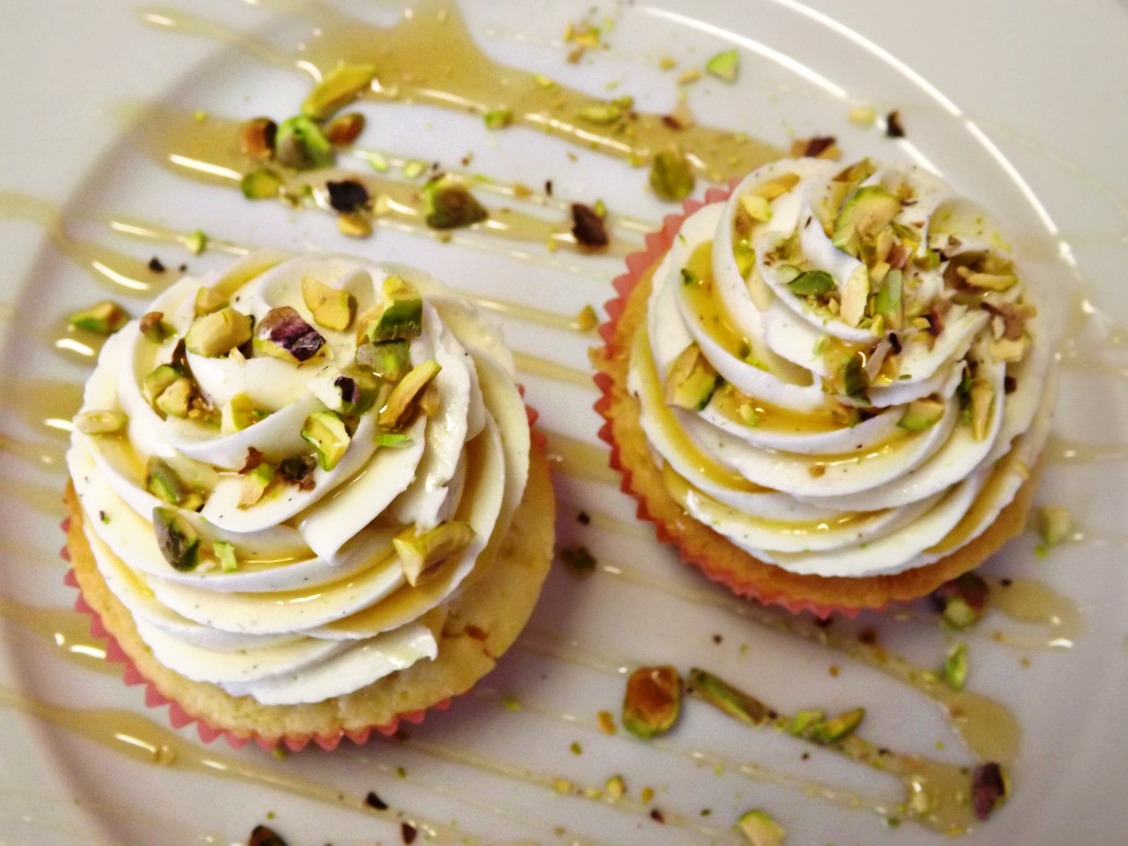

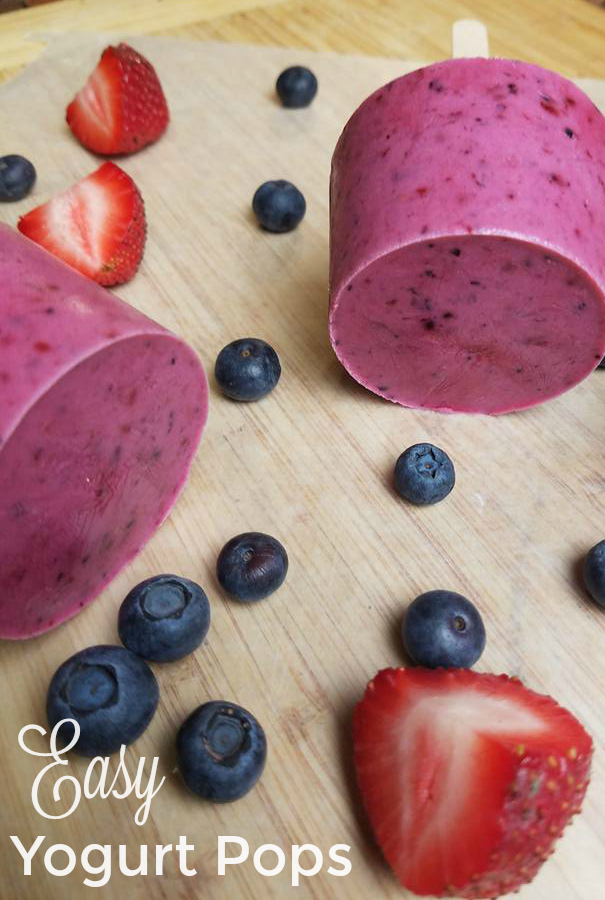

Leave a Reply